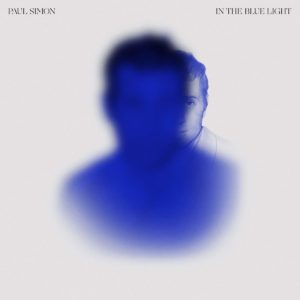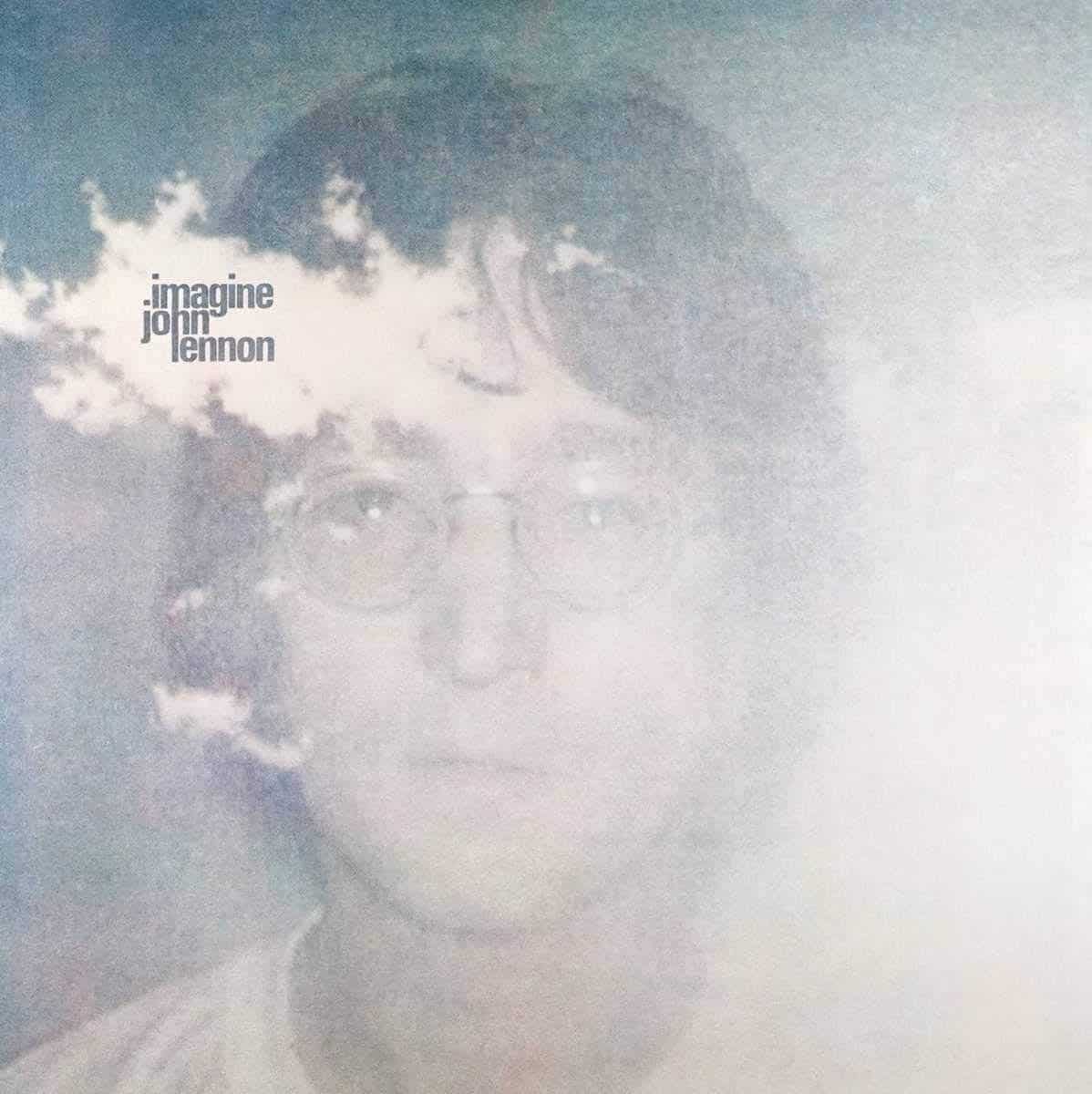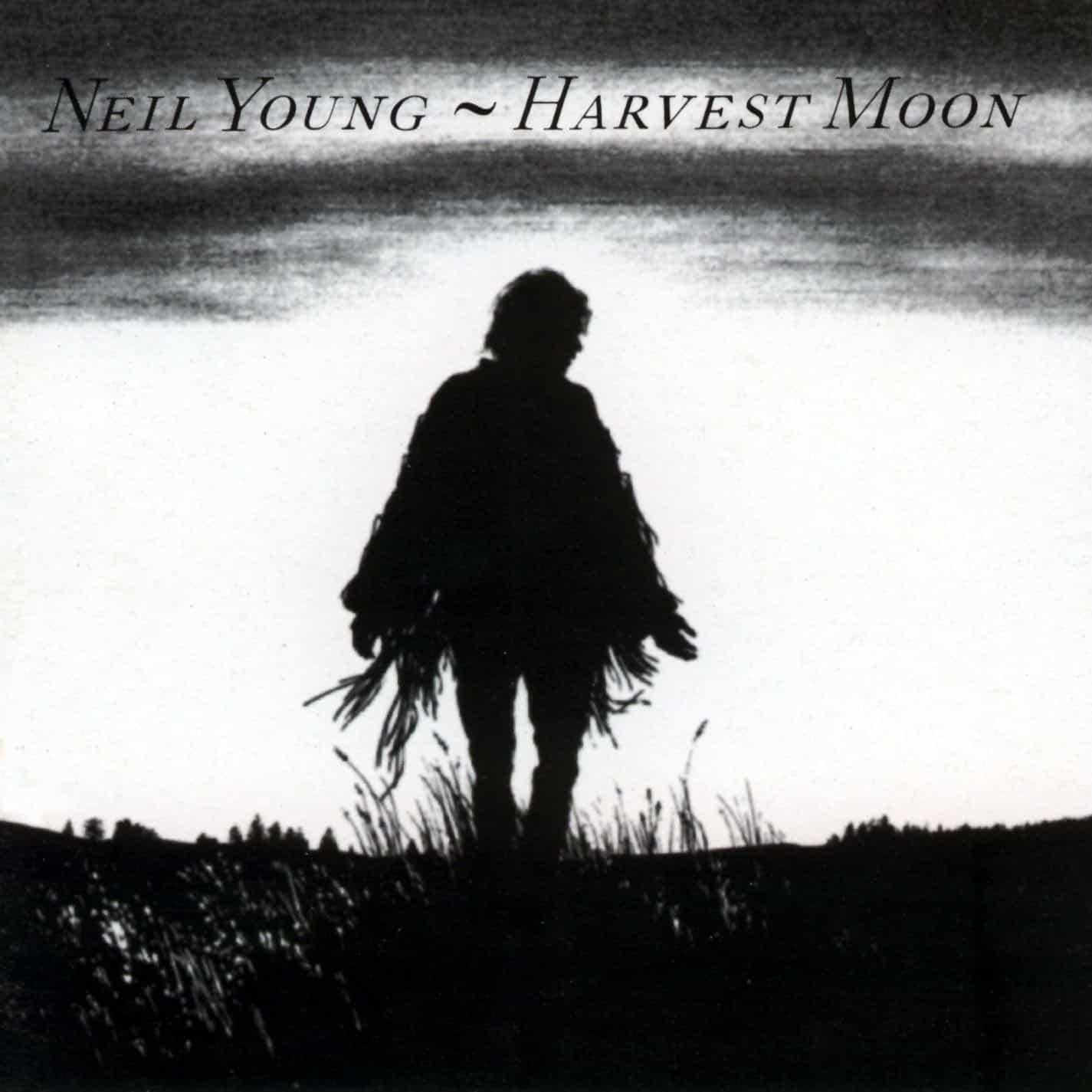Marketplace
2018 Sony Legacy Recordings PRESSING
- Catalog Number 19075841451
- Release Year 2018
- Vinyl Mastering Engineer Joe Nino-Hernes
- Pressing Weight 180g
- Jacket Style Single
- Pressing Plant Memphis Record Pressing
When listening to this album I think of this band or music:
Paul Simon, of course, although the arrangement for “Can’t Run But” reminds me of Philip Glass and John Adams.
Music from this album would be a great soundtrack to this movie:
“How the Heart Approaches What It Yearns” already appeared in a film, Simon’s own One Trick Pony. “Pigs, Sheep and Wolves” would set the tone for a movie about politics and media. I could see “One Man’s Ceiling Is Another Man’s Floor” in a film about life in an apartment building, complete with scenes of domestic abuse.
Paul Simon recently wrapped up what he claims will be his last tour, so it’s natural to wonder if In the Blue Light, his 14th solo album, might be his final recording. The set consists of 10 songs he recorded over his solo career, here performed with refreshed arrangements. Simon describes the effort as “a new coat of paint on an old family home.” While some of the new structures don’t greatly differ from the originals, all the tracks show freshness in Simon’s singing and how much his work benefits from thoughtful reinterpretation.
The title of the record comes from the opening line to “How the Heart Approaches What It Yearns,” here recast from a light jazz-rock track (from 1980’s One Trick Pony)into a more harmonically complex acoustic-jazz number. Wynton Marsalis’ trumpet gives the tune a deeper emotional tone, and Sullivan Fortner’s piano delivers airy spaciousness. “One Man’s Ceiling Is Another Man’s Floor,” from 1973’s There Goes Rhymin’ Simon, remains based in the blues, albeit with a strong jazz emphasis. Despite the absence of percussion of “Can’t Run” (originally on 1990’s Rhythm of the Saints), it remains highly rhythmic. The interaction of violins, reeds, and trumpet create a lovely web of harmonic interaction.
The CD of In the Blue Light sounds very good, but when Joel Wenhardt’s piano enters at the beginning of “One Man’s Ceiling Is Another Man’s Floor,” it comes across more convincingly on vinyl. Edie Brickell’s finger snaps are also more sharply textured. Also, in analog, Bill Frisell’s guitar shimmers with extra brightness on “Love,” and the notes float more precisely in the soundstage. Simon’s acoustic guitar feels warmer and more wooden, and Steve Gadd’s cymbals possess a sheen that lets them cut through with enjoyable vividness. Marsalis’ New Orleans-style arrangement for “Pigs, Sheep, and Wolves” sounds more enveloping, and you can clearly visualize the horns.
Even at 77 years old, Simon’s voice remains fluid. He doesn’t appear to have lost the ability to hit the high notes. The reverb on his singing casts a stronger presence on vinyl, and the separation between the instruments and Simon seems more pronounced. The LP also has a slightly more solid, better-defined low-end fullness. Gadd’s kick drum, for example, moves more air and displays greater power.
Pressed at Memphis Record Pressing, my LP—after a cleaning with a Mobile Fidelity record-cleaning brush and homemade cleaning fluid—is generally quiet but lacks the black background of an RTI or Quality Records Pressings slab. Sonics are lively enough and detailed, but groove noise initially crept in between tracks. A follow-up deep cleaning eliminated nearly all the noise.
The cover art is printed on medium-weight cardboard, with the record housed in a cardboard inner sleeve and the lyrics and credits listed on a separate insert. It does the job, and delivers a more visual impact than the miniaturized form with the CD.
In the Blue Light


 3.5
3.5




